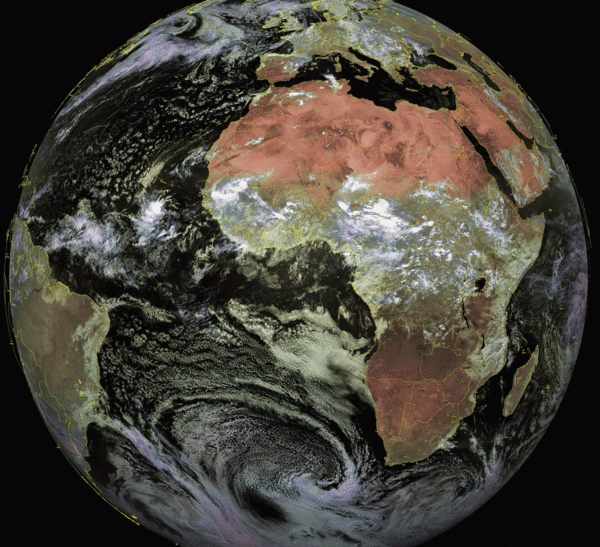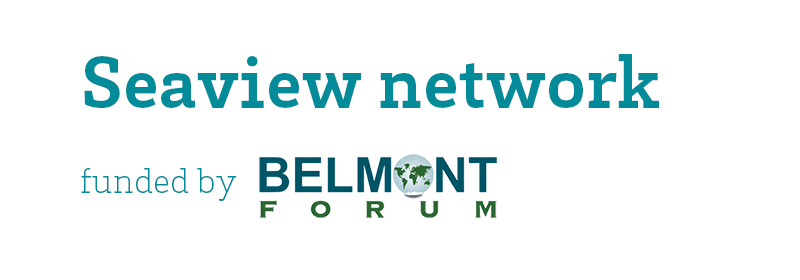Advanced Presentation
Technical version and references.

The technical version
The Southern Benguela is the southern part of the Benguela large marine ecosystem, one of the four main eastern boundary upwelling systems globally (Hutchings et al. 2009). It is located off of the south and west coasts of South Africa , and differs significantly from the Northern Benguela, which lies off of the coasts of Angola and Namibia, in terms of physico-chemical and biological traits (Blamey et al. 2015).

It is generally assumed to be delineated to the north by the border with Namibia, around the Orange River mouth, and to extend South to about 29°S, covering the continental shelf. The shelf edge also marks its western boundary, from which it extends to 28°E, occupying a total area of 220 000km2 and including the Agulhas bank (the large and productive stretch of coastal shelf along the south coast, from Cape point to Port Elizabeth). Most of South Africa’s major fisheries, including hake (Merluccius capensis and M. paradoxus), pelagics (e.g. sardine - Sardinops sagax, anchovy - Engraulis encrasicolus, horsemackerel - Trachurus capensis), the inshore linefishery (e.g. silver kob – Argyrosomus inodorus – or snoek – Thyrsites atun), rock-lobster (Jasus lalandii) and abalone (Haliotis midae), depend on the high productivity of the cold, upwelled waters of the Southern Benguela (Blamey et al. 2015).
There have been important changes in the Southern Benguela in recent decades in terms of spatio-temporal changes in key species and the broader ecosystem (see Blamey et al. 2015 for details). Wang et al. (2015) state that multiple models suggest that there are likely to be strong and consistent changes in timing, intensity and spatial heterogeneity of coastal upwelling in Eastern Boundary Upwelling Systems (EBUS) in response to climate-change related warming in future. A recent international symposium in Cape Town (http://www.ma-re.uct.ac.za/benguela2016/) demonstrated that it is currently hotly contested whether the winds driving the upwelling in the Southern Benguela will increase or decrease, and how any changes in wind seasonality would manifest on top of changes in magnitude. In light of this ongoing oceanographic uncertainty, the best that ecologists and environmental economists can do is to carefully construct and examine scenarios for a variety of plausible environmental futures. What is clear from current understanding in the larger Benguela region (Jarre et al. 2015) and the symposium contributions, is that those changes will be considerable, and they will affect the fisheries in the southern Benguela. Furthermore, Wang et al. (2015) have suggested that changes in the intensity, timing and spatial heterogeneity of upwelling in EBUS could lead to changes in the geographical distribution of marine biodiversity.
In light of future change and the vulnerabilities of EBUS, we believe that the well-researched Southern Benguela represents an important case study to examine co-viability of linked ecological-economic fisheries systems under future change. A variety of models exist of the Southern Benguela ecosystem and its fisheries, such as the ecosystem models EcoPath with EcoSim (Shannon et al. 2003, 2009), OSMOSE (Shin & Cury 2004), and Atlantis (Ortega-Cisneros et al. in review, Smith et al. 2015), and a bio-economic simulation model of the hake demersal trawl harvest and post-harvest industry, HakeSim (Cooper & Jarre in review). We make use of some of these existing models to test linked ecological-economic scenarios in relation to viability of the South African hake fishery and thresholds of important species in the ecosystem. We are also using this case study as an illustrative example of how to develop a standardized and methodical approach to implementing the viability approach, which also focuses on communication with stakeholders.
Rachel Cooper – November 2016
References
Blamey LK, Shannon LJ, Bolton JJ, Crawford RJM, Dufois F, Evers-King H, Griffiths CL, Hutchings L, Jarre A, Rouault M, Watermeyer KE, Winker H (2015) Ecosystem change in the southern Benguela and the underlying processes. J Mar Syst 144:9–29
Cooper R, Jarre A An Agent-Based Model of the South African Offshore Hake Trawl Industry: Part I Model Description and Validation. Ecol Econ
Hutchings L, Lingen CD van der, Shannon LJ, Crawford RJM, Verheye HMS, Bartholomae CH, Plas AK van der, Louw D, Kreiner A, Ostrowski M, Fidel Q, Barlow RG, Lamont T, Coetzee J, Shillington F, Veitch J, Currie JC, Monteiro PMS (2009) The Benguela Current: An ecosystem of four components. Prog Oceanogr 83:15–32
Jarre A, Hutchings L, Kirkman S, Kreiner A, Tchipalanga P, Kainge P, Uanivi U, Plas A van der, Blamey LK, Coetzee J, Lamont T, Samaai T, Verheye H., Yemane D, Axelsen B., Ostrowski M, Stenevik E., Loeng H (2015) Synthesis: Climate effects on biodiversity, abundance and distribution of marine organisms in the Benguela. Fish Oceanogr 24:122–149
Ortega-Cisneros K, Cochrane K, Fulton EA An Atlantis model of the southern Benguela system: validation and sensitivity analysis. Ecol Modell
Shannon LJ, Coll M, Neira S (2009) Exploring the dynamics of ecological indicators using food web models fitted to time series of abundance and catch data. Ecol Indic 9:1078–1095
Shannon LJ, Moloney CL, Jarre A, Field JG (2003) Trophic flows in the southern Benguela during the 1980s and 1990s. J Mar Syst 39:83–116
Shin Y-J, Cury P (2004) Using an individual-based model of fish assemblages to study the response of size spectra to changes in fishing. Can J Fish Aquat Sci 61:414–431
Smith M, Fulton E, Day R, Shin Y-J, Shannon L (2015) Ecosystem modelling in the southern Benguela: comparisons of Atlantis, Ecopath with Ecosim, and OSMOSE under fishing scenarios. African J Mar Sci 37:65–78
Wang D, Gouhier TC, Menge BA, Ganguly AR (2015) Intensification and spatial homogenization of coastal upwelling under climate change. Nature 518:390–394










